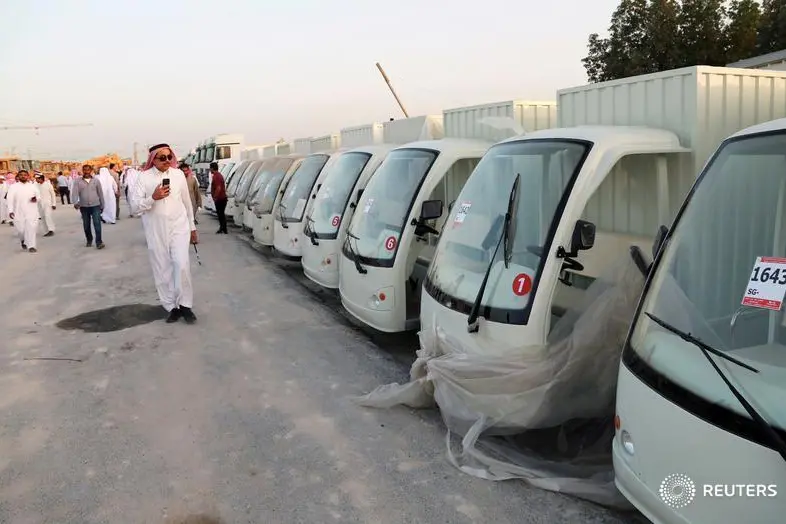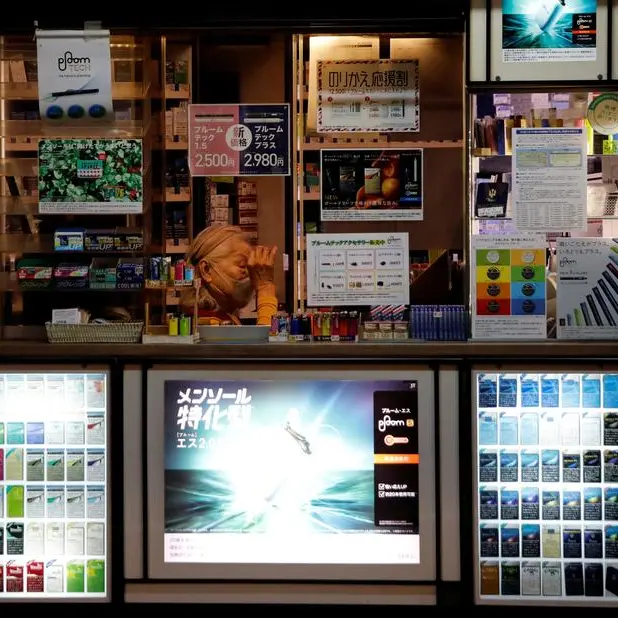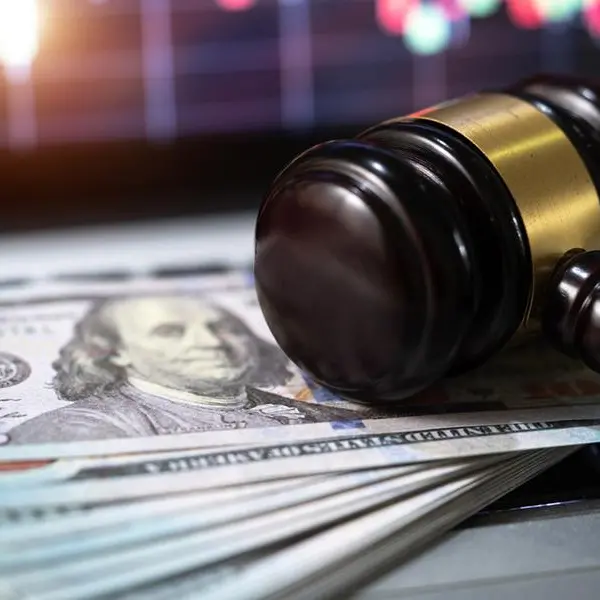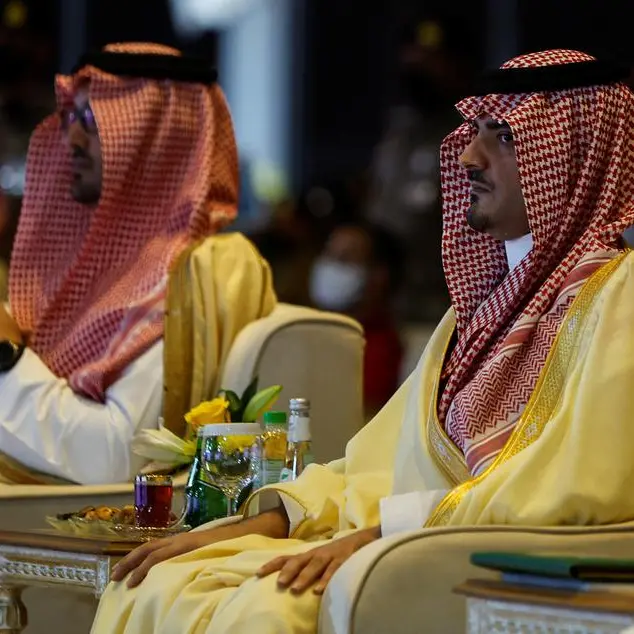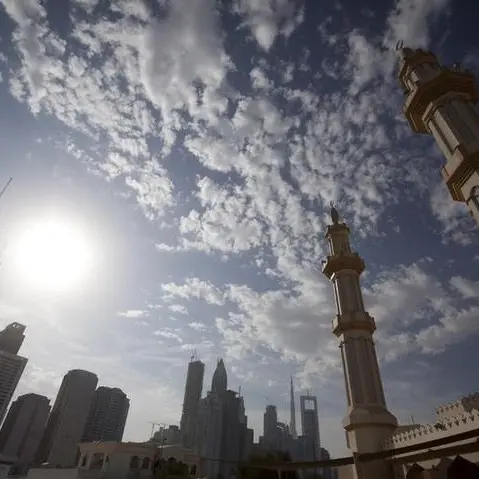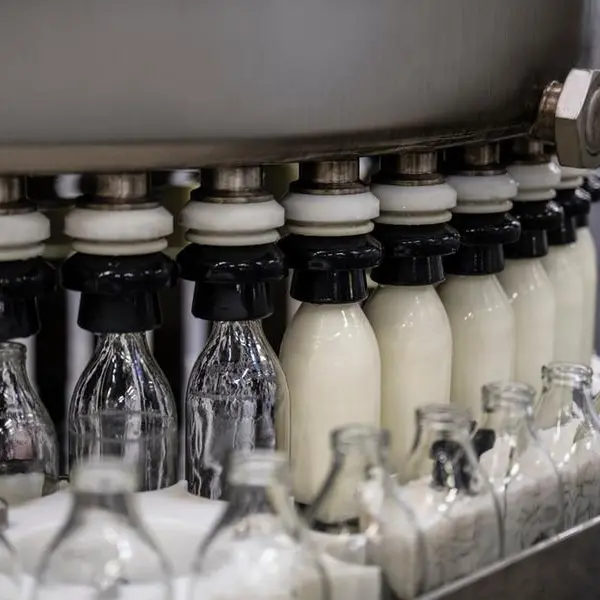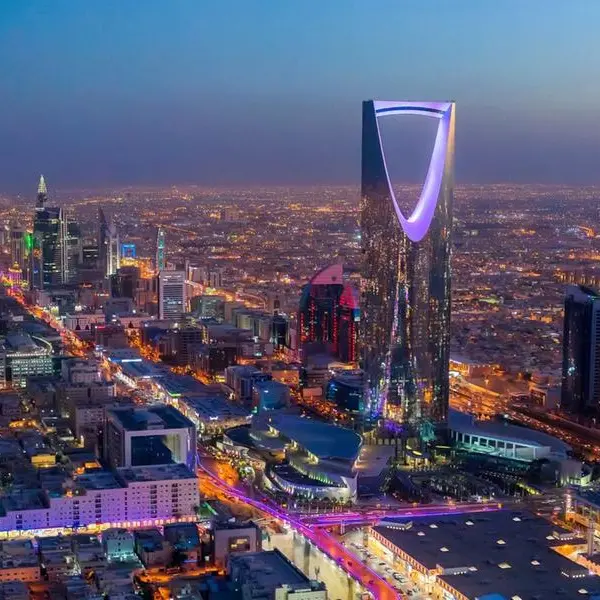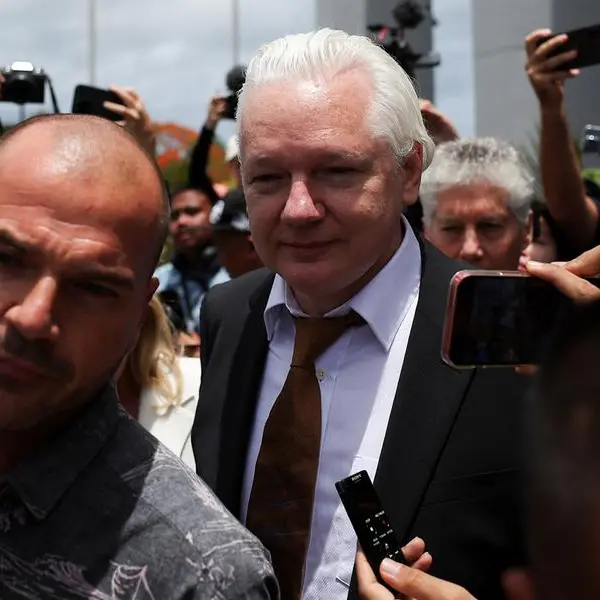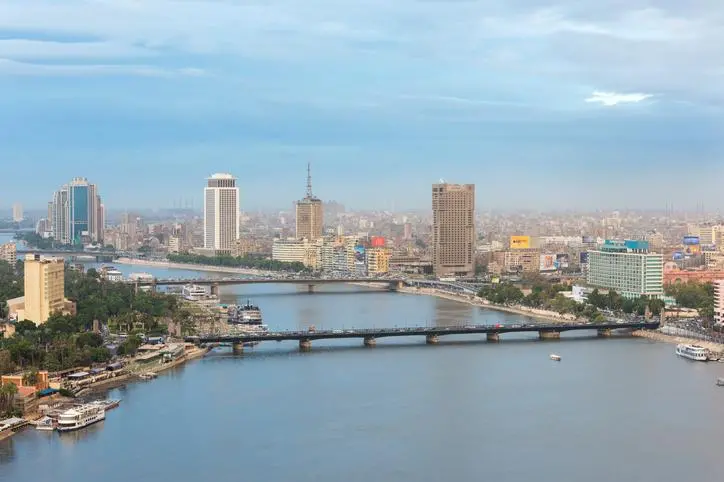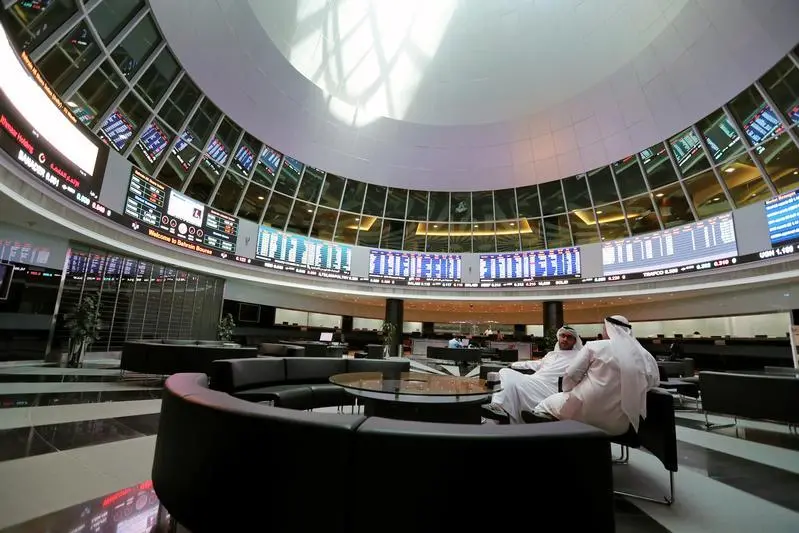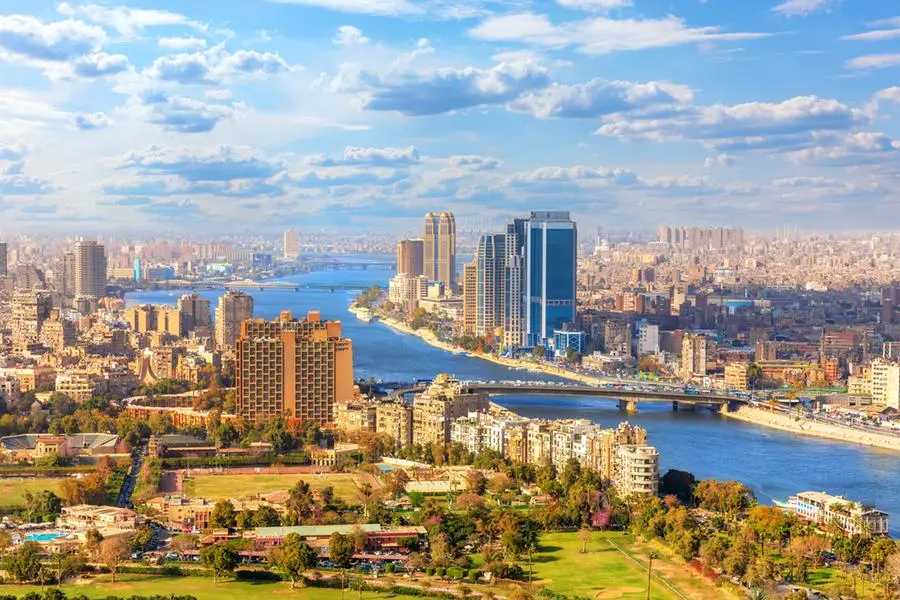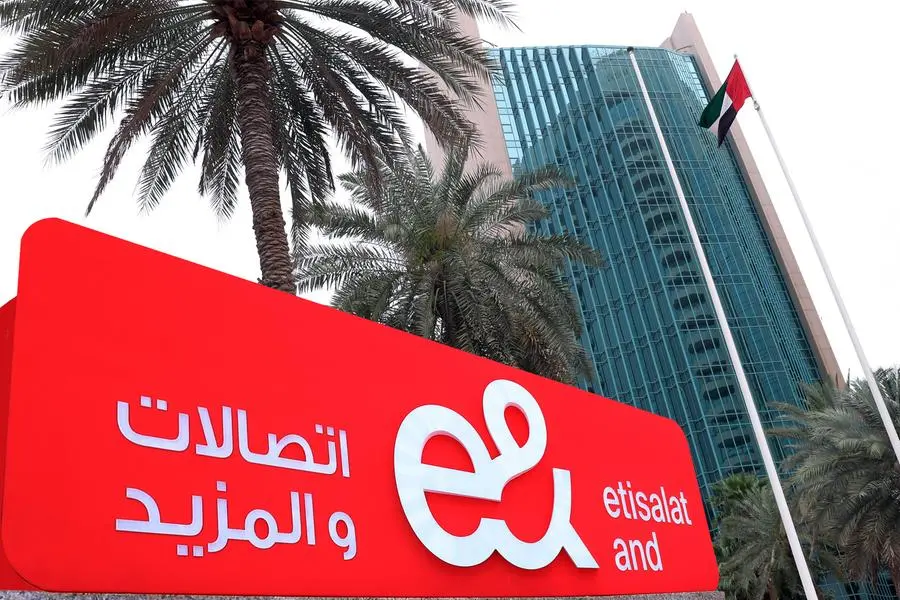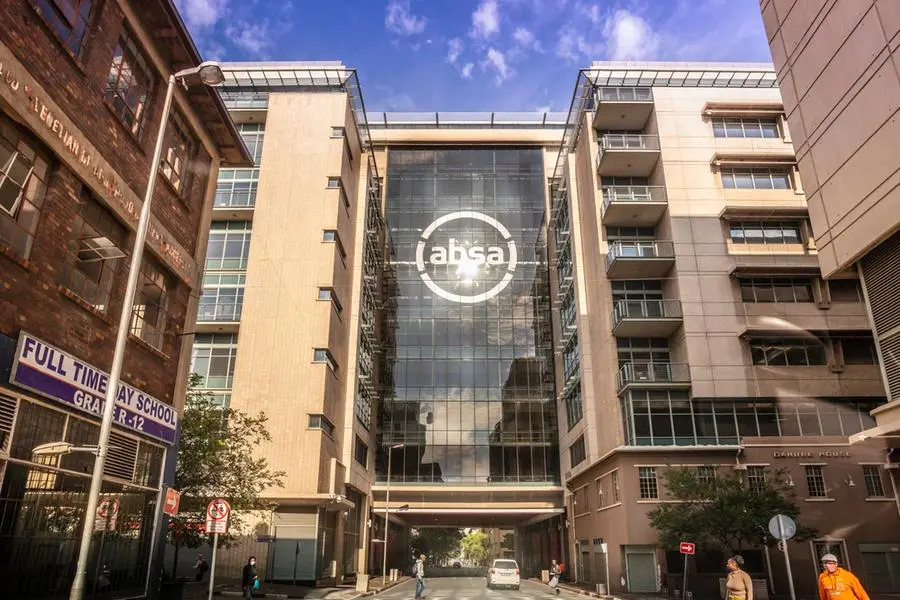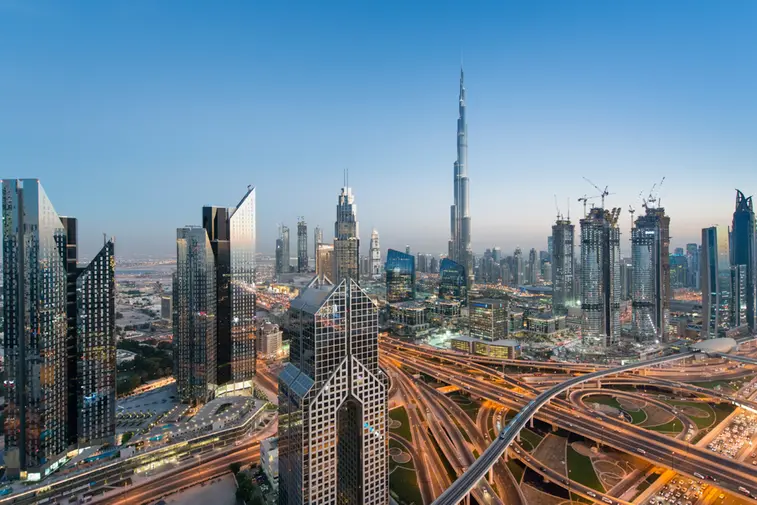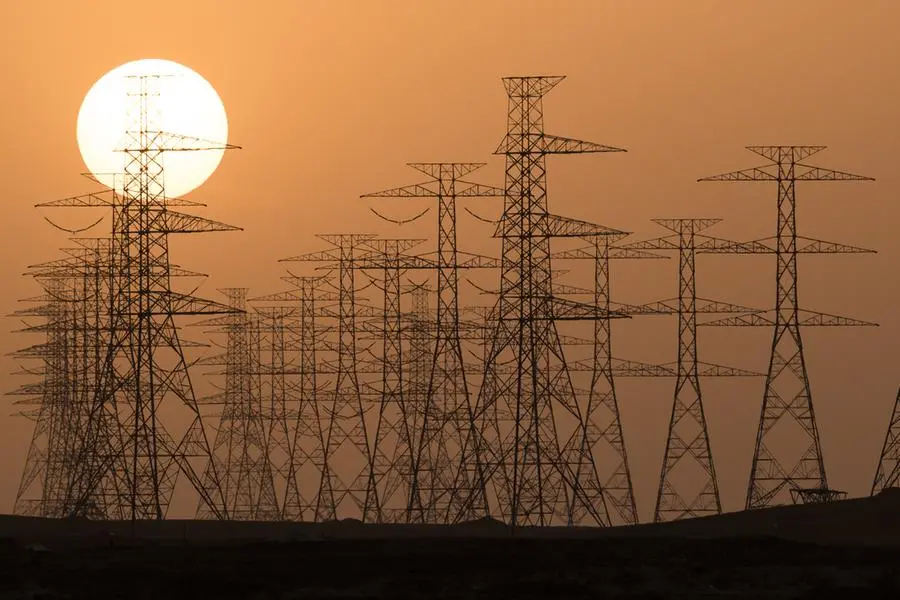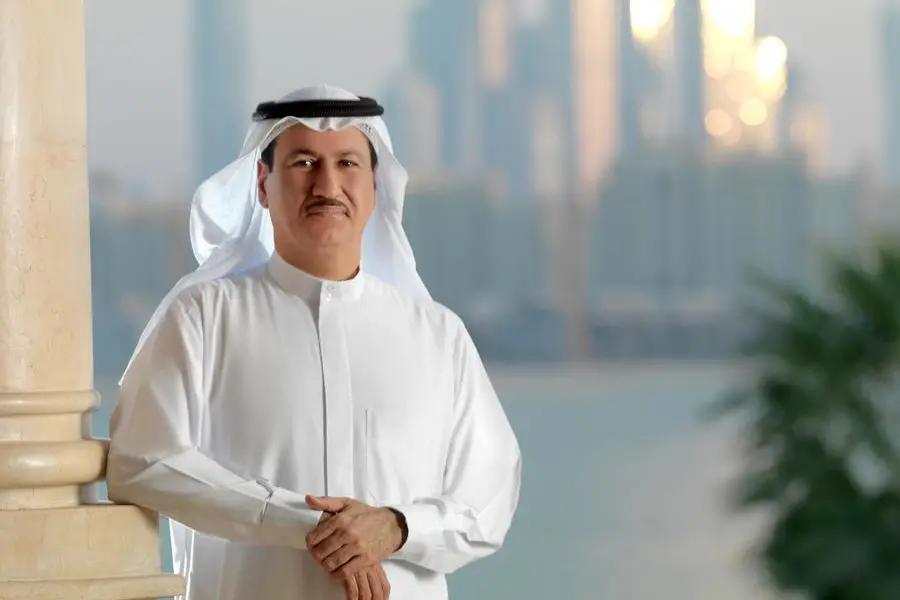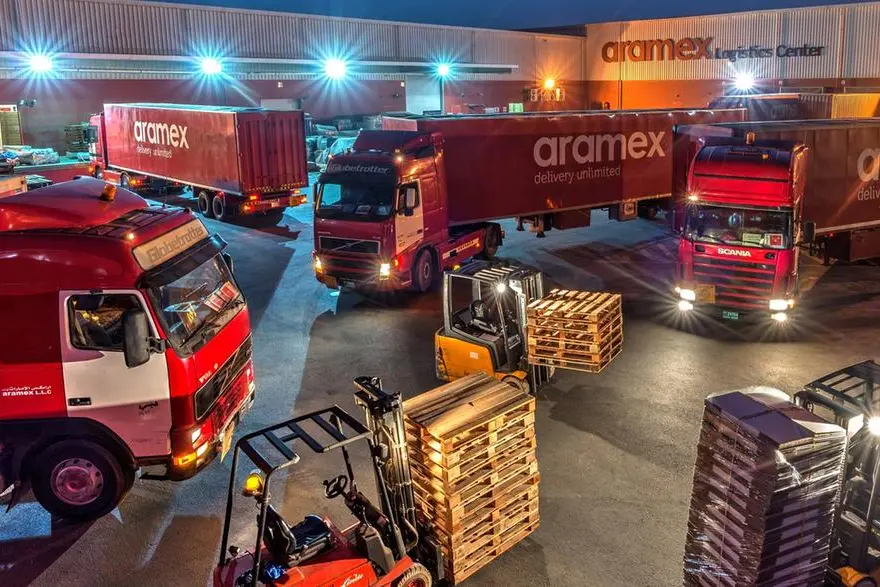PHOTO
A man looks at vehicles belonging to billionaire Maan al-Sanea and his company as they are auctioned by Saudi authorities in Dammam, Saudi Arabia March 18, 2018.
RIYADH/DUBAI: The company of indebted Saudi Arabian billionaire Maan al-Sanea has filed for bankruptcy under a new Saudi law that makes it easier for creditors to recover payments, three sources familiar with the matter said, a move that could provide a breakthrough in the kingdom's longest-running debt dispute.
Saad Group, with interests spanning from banking to healthcare, defaulted together with another conglomerate, Ahmad Hamad al-Gosaibi and Brothers (AHAB), in 2009, leaving banks with unpaid debt of about $22 billion. The creditors have been pursuing the two companies for repayment for the past decade.
"Saad Group has recently filed for bankruptcy and the commercial court in Dammam will handle the case," one of the sources familiar with the matter said, declining to be named as the matter is not public.
A legal representative of Saad Group and Maan al-Sanea declined to comment on Saad's bankruptcy filing.
Some observers familiar with the case last year estimated Saad owed debt of between $11 billion and $16 billion.
Saad's legal representative did not immediately reply to a request for comment on this estimate. Simon Charlton, chief restructuring officer at AHAB, said the total amount of claims that AHAB recognizes for the purposes of its recent bankruptcy filing is around 21 billion riyals ($5.6 billion), though there are other claims that remain subject to ongoing litigation.
The bankruptcy law, which came into effect last August, is part of the Saudi government's efforts to make the Arab world's largest economy more attractive to investors.
Until last year the main options for debt defaults were liquidation or cash injections.
Should Saad's filing for bankruptcy be accepted by the Dammam court, it could lead to better treatment of its creditors as the new bankruptcy law provides more options and regulates procedures such as settlements and liquidation, said one of the sources familiar with the matter.
Saad's creditors include over 30 local, regional and international banks that have obtained non-appealable judgements against Maan al-Sanea, Saad Group, or both, from a court in Saudi Arabia's Eastern Province, sources told Reuters last year.
Sanea, ranked by Forbes in 2007 as one of the world's 100 richest people, was detained in 2017 for unpaid debts dating back to 2009 when Saad Group defaulted, and remains in detention.
Saad has been trying to reach a deal with its creditors. Late last year it appointed London-based Orchard Corporate Strategy, a financial firm specialising in debt restructuring services, to advise it, sources told Reuters.
Local and international creditors, mostly banks, appointed accounting firm EY as their representative, the sources told Reuters in December.
Orchard Corporate strategy did not immediately respond to a request for comment, while EY declined to comment.
In late 2017 a three-judge tribunal established to resolve Saad's debt dispute appointed a consortium called Etqaan Alliance to liquidate assets owned by the billionaire by auctioning his assets in Saudi Arabia's Eastern Province, Riyadh and Jeddah.
Etqaan Alliance has already held three auctions for Sanea's vehicles, warehouses and real estate assets.
The three auctions raised around 350 million riyals, two of the sources said.
It is unclear whether Sanea will be released after his assets are sold, but one of the sources said that was likely if the filing for bankruptcy is approved.
His legal representative did not immediately respond to a request for comment on his potential release.
Sanea's detention was separate from the scores of Saudi businessmen and prominent figures who were held on corruption charges in 2017 at Riyadh's Ritz Carlton hotel, although it touched on similar investor concerns about corporate governance.
($1 = 3.7501 riyals)
(Reporting by Marwa Rashad and Davide Barbuscia; Editing by Susan Fenton) ((marwa.rashad@thomsonreuters.com; +966114632603 ; Reuters Messaging: marwa.rashad.thomsonreuters.com@reuters.net))
